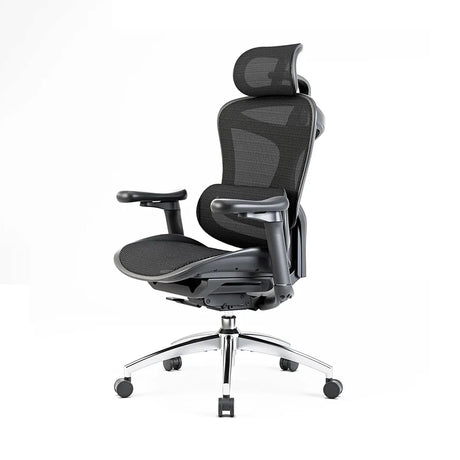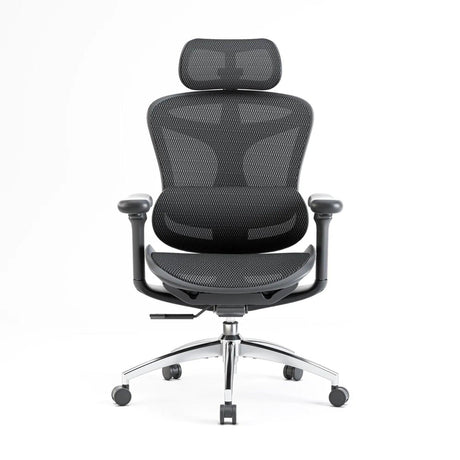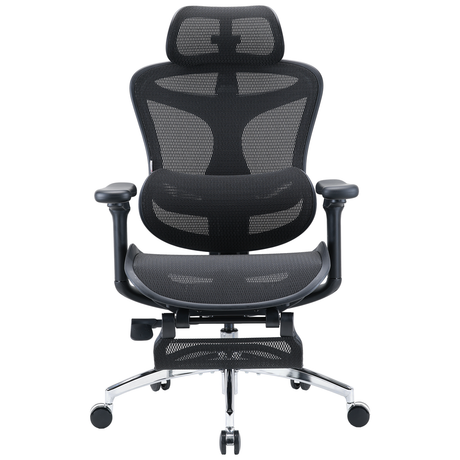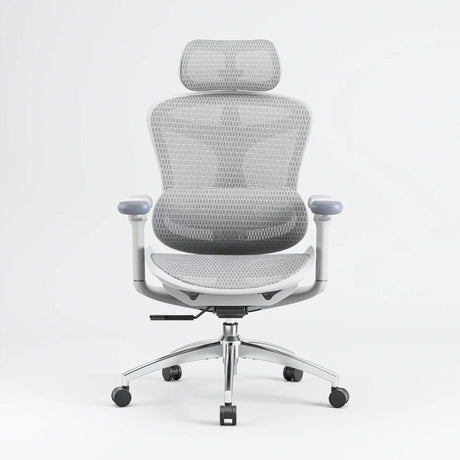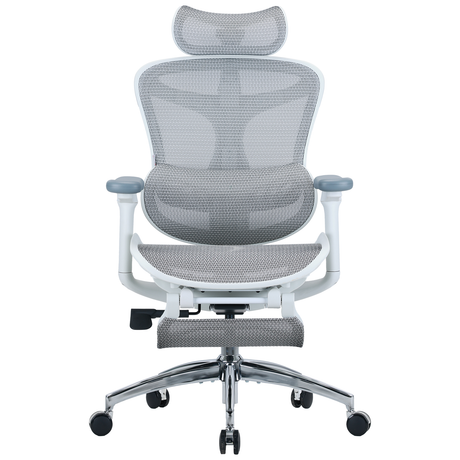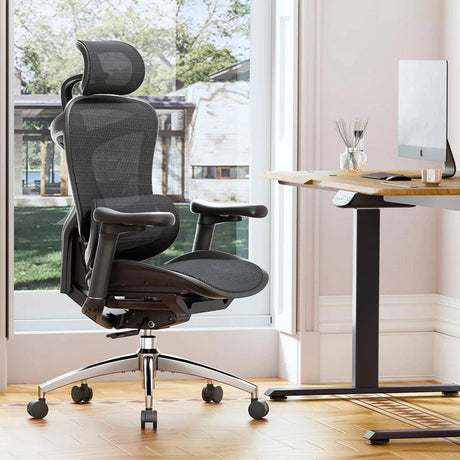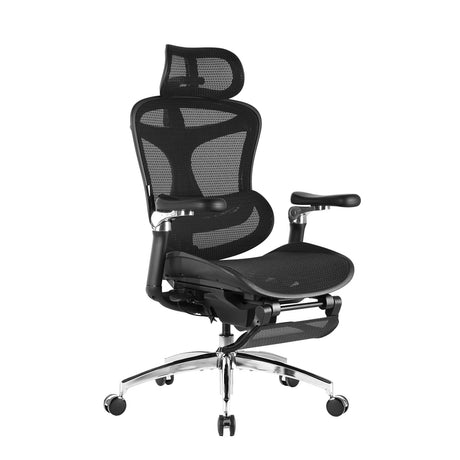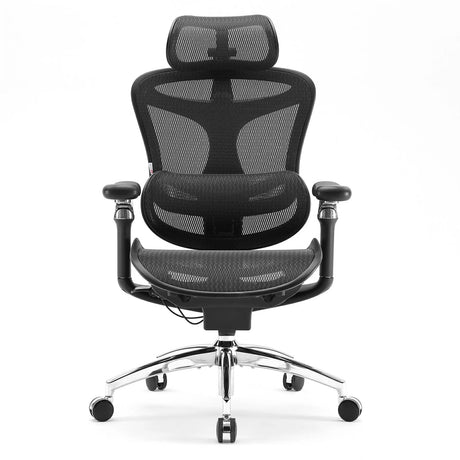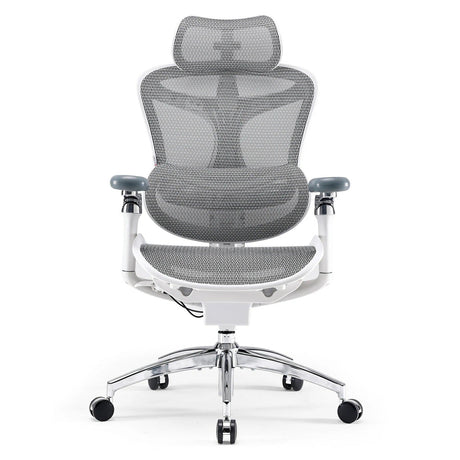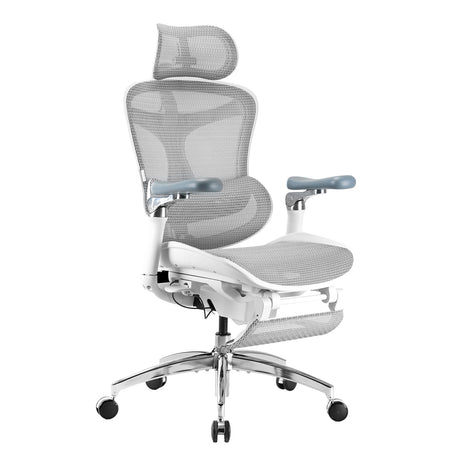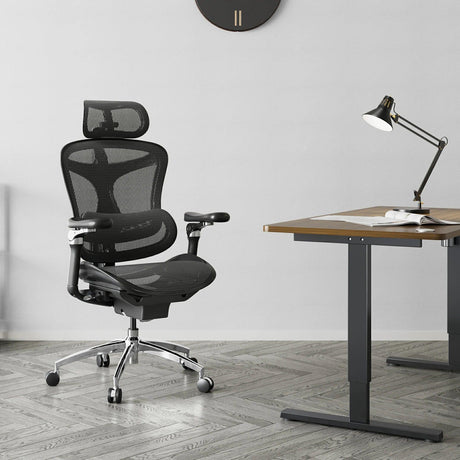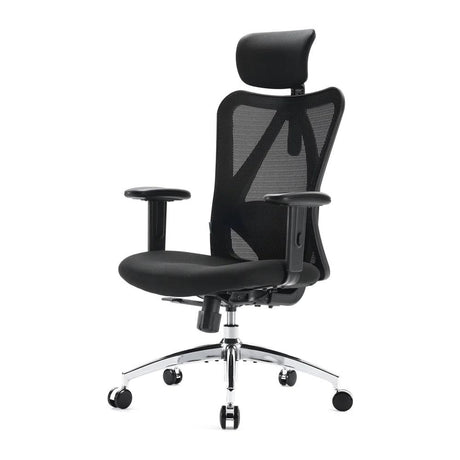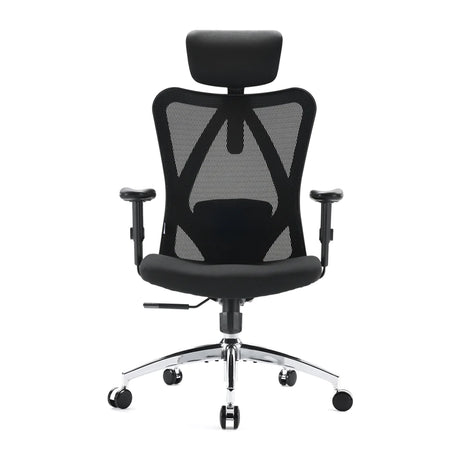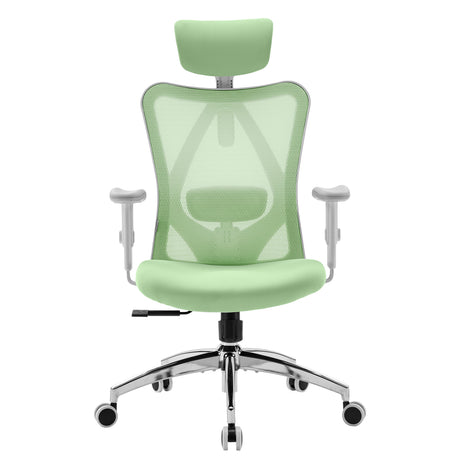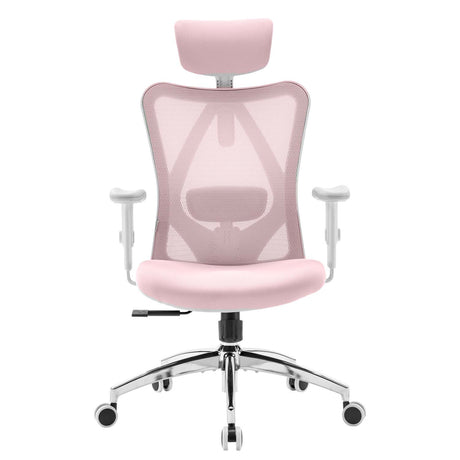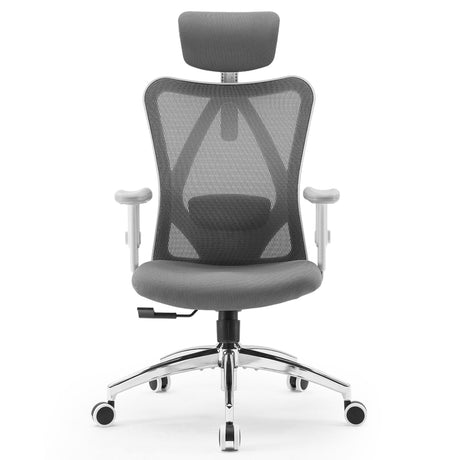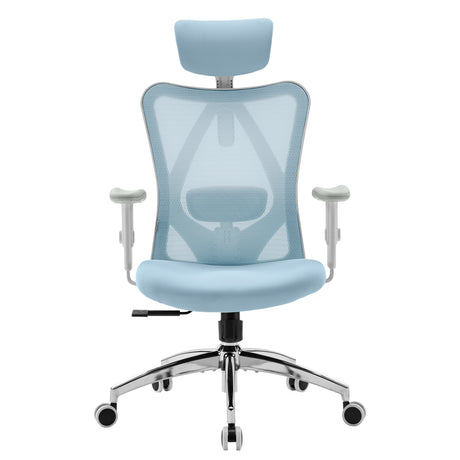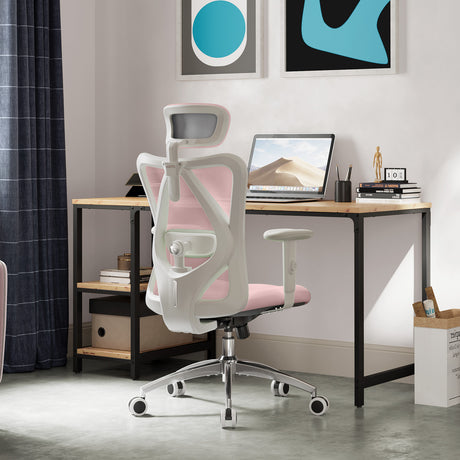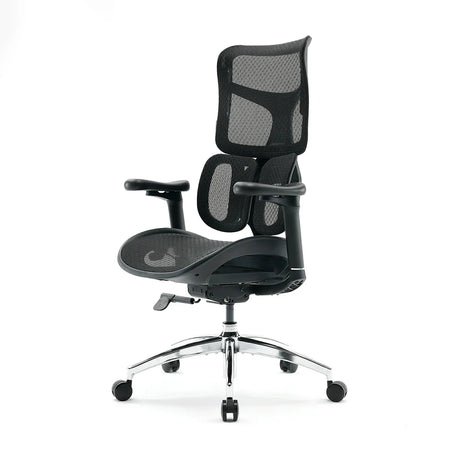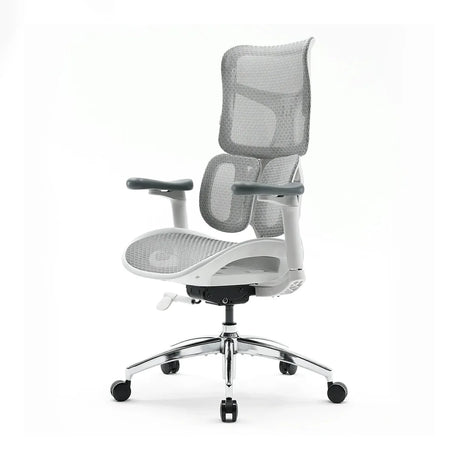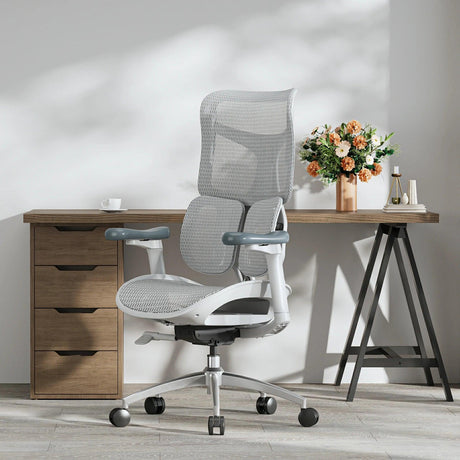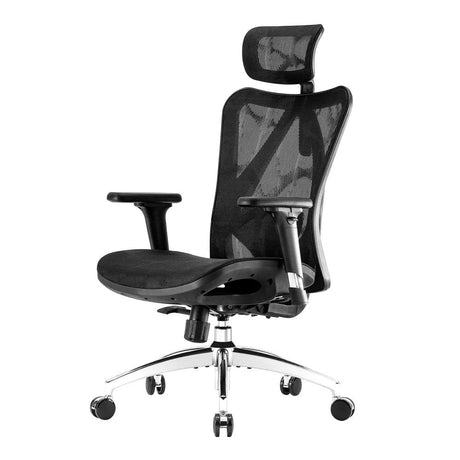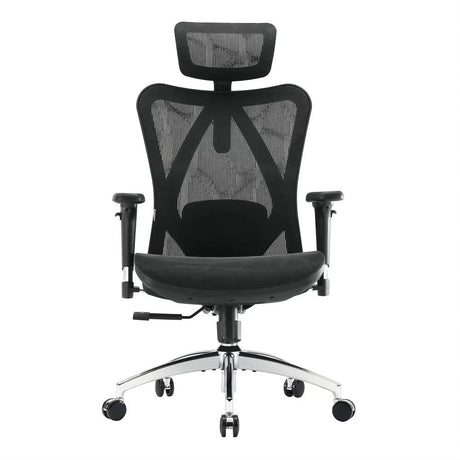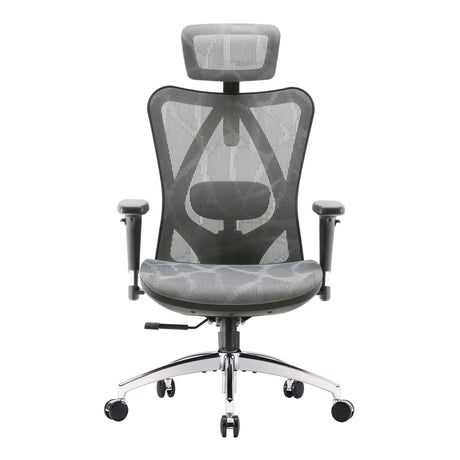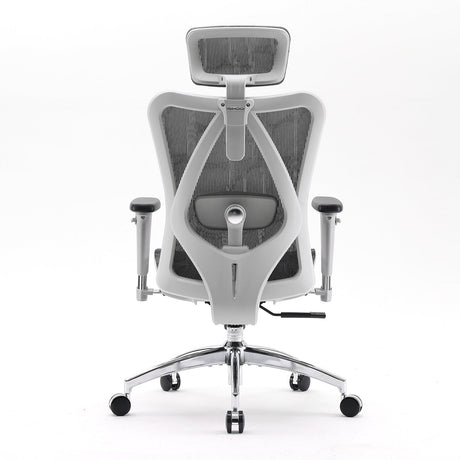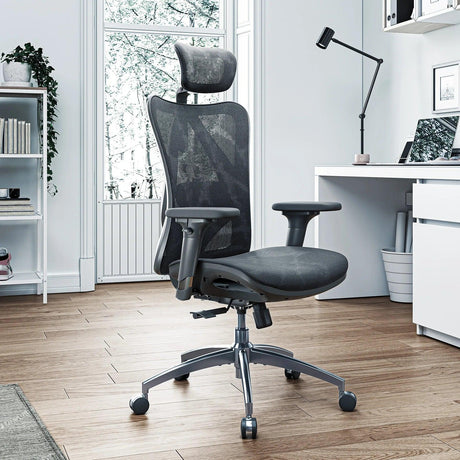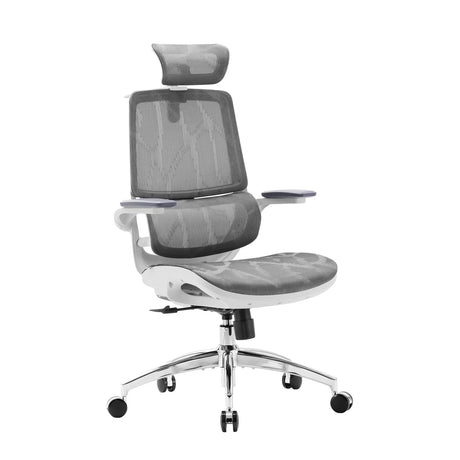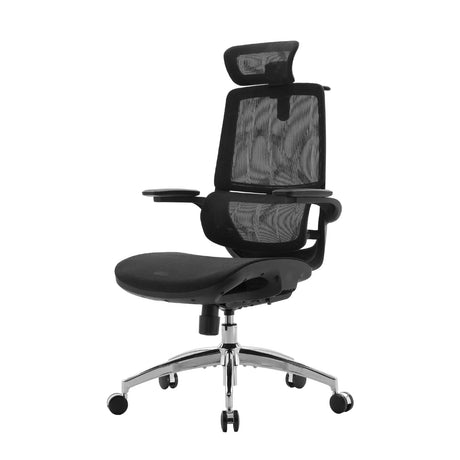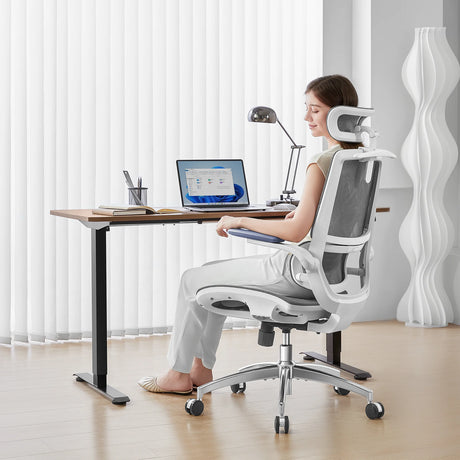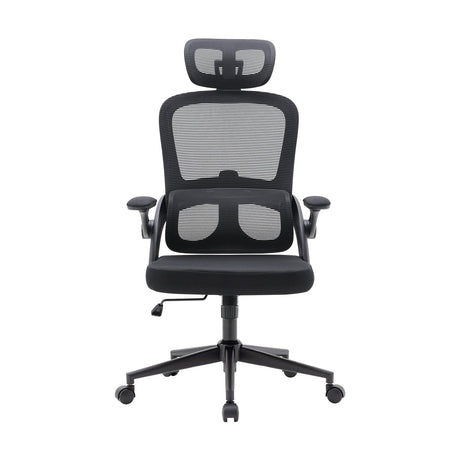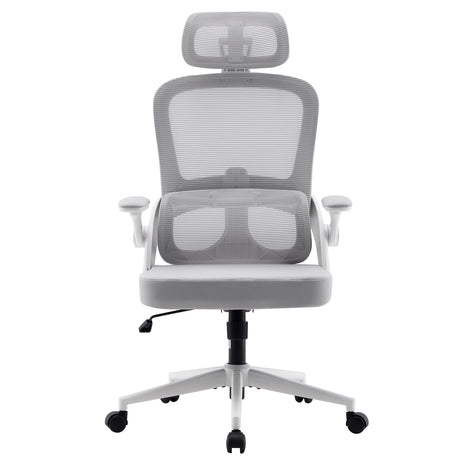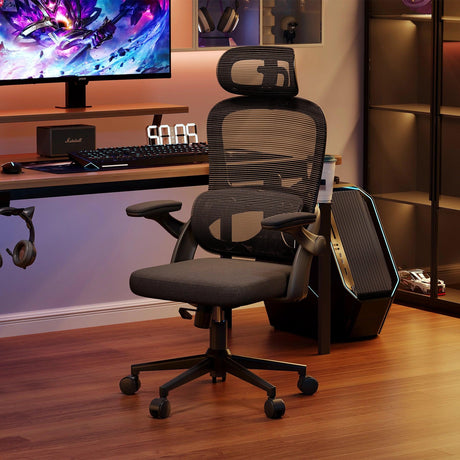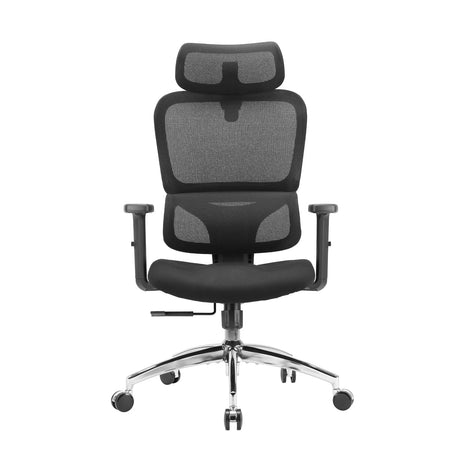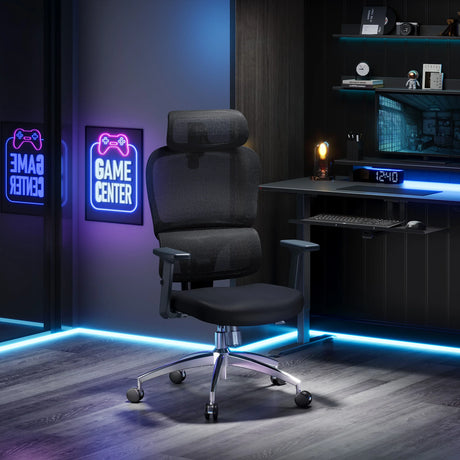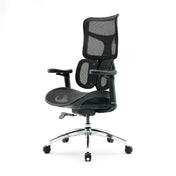Office chairs have become an integral part of our workday, especially as many people find themselves sitting for hours at a time. But have you ever stopped to wonder about the history behind these ubiquitous chairs with wheels? While the concept of wheeled furniture dates back centuries, the modern wheeled office chair as we know it today has a fascinating history that blends both practicality and innovation.
Early Origins of the Wheeled Chair
The story of the wheeled office chair can be traced back to the late 19th century, although the first instances of wheels on furniture can be found much earlier. In fact, wheeled chairs appeared as early as the 16th century. However, these early versions were not the ergonomic, swiveling office chairs we are familiar with today.
One of the first known examples of a chair with wheels was designed by Charles Darwin in the 19th century. Darwin, the famous naturalist, used a rolling chair to assist with his research. His chair featured wheels, allowing him to easily move from his desk to various parts of his study. This chair was not designed with office work in mind, but it showed the potential for mobility in seating.
The Birth of the Modern Office Chair
While Darwin’s chair was a functional tool for personal use, it wasn’t until the early 20th century that the wheeled office chair came into its own. The true inventor of the modern office chair is widely credited to Thomas Jefferson, the third President of the United States. In the 1780s, while serving as the American ambassador to France, Jefferson designed a rolling desk chair to help with his writing and correspondence. Jefferson’s creation featured a swivel base and four wheels, offering greater mobility compared to traditional stationary chairs.
However, the true revolution in office seating came with the rise of industrialization. As factories and office buildings began to grow, so did the need for more functional and comfortable seating. This is where the ergonomic office chair started taking shape.
The Role of the Industrial Revolution
The Industrial Revolution of the late 19th century played a pivotal role in the development of the modern office chair. With factories booming and office work on the rise, chairs that could accommodate long hours of seated work became essential. It wasn’t just about comfort, but about efficiency and productivity.
The first patent for a "wheeled office chair" was filed in 1851 by James McRee, an inventor who sought to make office chairs more mobile. McRee’s design allowed workers to swivel in their chairs, as well as move about their office space with ease. This was a significant step forward in both comfort and practicality.
Herman Miller and the Rise of Ergonomics
Fast forward to the mid-20th century, and the ergonomics movement began to gain traction. One company that became synonymous with ergonomic office furniture was Herman Miller, an American furniture manufacturer. In the 1960s, Herman Miller introduced a revolutionary office chair designed by George Nelson—the Action Office Chair. This chair was one of the first to truly focus on the needs of the office worker, combining adjustability and mobility with the latest ergonomic principles.
The real breakthrough, however, came in 1968 when Herman Miller introduced the Aeron Chair, designed by Don Chadwick and Bill Stumpf. The Aeron chair became iconic, not only because of its sleek design, but also because of its focus on ergonomics. It offered a range of adjustments, including lumbar support and the ability to recline, and became a symbol of comfort and functionality in the modern office.
Evolution of the Wheeled Chair: Today’s Modern Design
Today, the wheeled office chair is an essential piece of furniture for anyone who spends hours working at a desk. From traditional models with basic adjustability to high-tech ergonomic chairs that feature dynamic lumbar support, seat depth adjustments, and premium mesh materials, the office chair has come a long way since its early days.
The introduction of the Sihoo Doro Series, including chairs like the Sihoo Doro C300 and Sihoo Doro S100, exemplifies the ongoing evolution of office chairs. With features such as 4D coordinated armrests, self-adaptive lumbar support, and breathable mesh fabrics, these chairs combine modern ergonomic design with the same mobility that started with the very first wheeled chairs.
Conclusion
The invention of the wheeled office chair has a rich history that spans over centuries. While early versions were rudimentary, the evolution of office chairs into ergonomic, adjustable, and mobile seating solutions has been driven by a need for comfort, productivity, and better health. Today, the wheeled office chair is an essential part of modern workspaces, thanks to visionaries like Thomas Jefferson, James McRee, and the designers at Herman Miller.
As we continue to spend more time at desks, the history of the wheeled office chair reminds us that innovation, comfort, and mobility go hand in hand when it comes to designing the ideal workspace.

